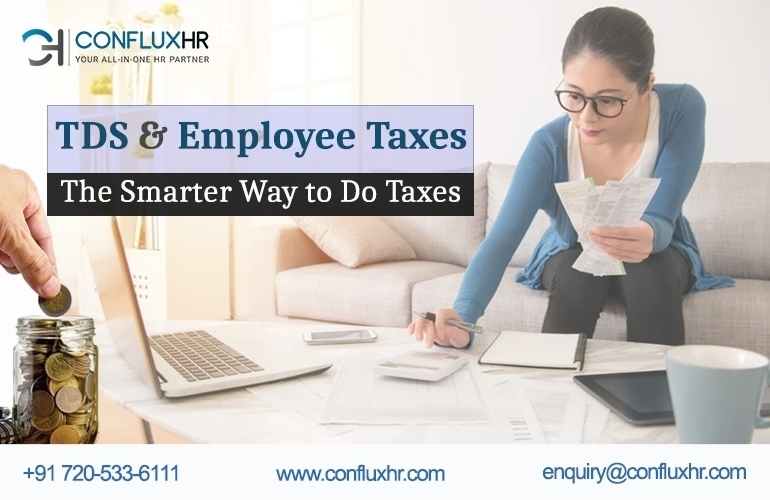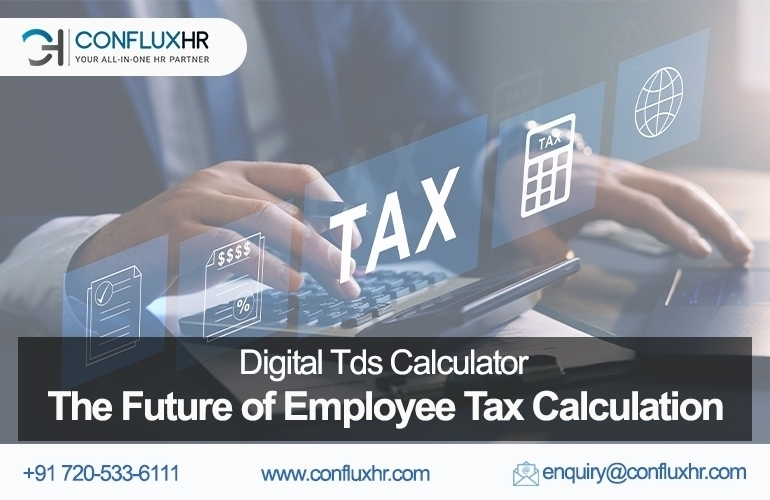Taxes are tough to grasp due to continually changing tax regulations and words such as tax exemption, tax saving, tax deduction, tax refund, and so on. Most of the time, we are unaware of our tax liabilities and potential savings.
In this blog, we will show you how to do employee tax calculation and introduce the essential tax-saving choices – so that next time, you can do your arithmetic and take the necessary steps to save the most Tax.
Before we proceed, let us define income tax and the components used to calculate income tax.
What is Income Tax?
The Income Tax Act of 1961 states that the federal government charges taxpayers (individuals and organizations) an income tax depending on their earnings (commonly known as taxable income).
Typically, income tax is calculated by multiplying the amount of taxable income by the tax rate. Tax rates may differ depending on the qualities of the taxpayer and the source of income.
A person’s income is divided into five categories under the Income Tax Act of 1961:
- Earnings from Salary
- Income from a home investment
- Profit from Business Income
- Investment and capital asset income
- Revenue from unrelated sources
How Is Income Tax Calculated Under the Salary Head?
A straightforward procedure for figuring out income tax is as follows:
Basic Salary, in addition with HRA, Special Allowance, Transport Allowance, and Any Other Allowances is considered as a Gross Income from Salary.
The Gross income subtracted by the Deductions and Professional Tax (if any), equals the Net Income of an individual. To accurately calculate the Tax payable, all investments must be disclosed at the beginning of the assessment year.
To accurately calculate the Tax payable, all investments must be disclosed at the beginning of the assessment year. Understanding taxes, deductions, and returns is critical for establishing a sound financial foundation.
The Smarter Way to Do Taxes With an Income Tax Calculator
ConfluxHR’s Automatic Employee Tax Calculator is revolutionizing how businesses manage their taxes. Organizations used to rely on manual methods like spreadsheets, which were prone to errors and inefficiencies.
Organizations may now manage their taxes more efficiently and precisely thanks to the advent of ConfluxHR’s automatic tax calculator. Employee taxes are calculated using information such as pay, exemptions, and deductions from the SaaS-based program.
It computes employee taxes automatically based on the most current tax rules. The program also automatically updates as tax regulations change, so firms don’t have to worry about manual adjustments.
Automatic employee tax calculation also assists firms in remaining tax-compliant. Manual techniques make it simple to overlook essential tax rate modifications, resulting in noncompliance with tax rules.
This risk is eliminated by the automatic tax calculator, which allows HR to update the program with the most recent tax slabs and aids in seamless tax computations. This enables businesses to avoid costly penalties and fines for noncompliance.
Furthermore, the automatic employee tax calculator simplifies the tax computation process, saving businesses time and money.
Instead of having to calculate taxes for each employee manually, the software performs it for you. This assists organizations in becoming more productive and efficient.
Additionally, the automatic employee tax calculation gives complete results and insights. This enables businesses to quickly manage and analyze their tax bills, which can aid in budgeting and forecasting.
Conclusion
Finally, ConfluxHR‘s automatic employee tax calculator is a game changer for businesses wishing to manage their taxes swiftly and accurately.
Organizations may now handle their taxes simply because of its automatic calculations, compliance with tax rules, time-saving tools, and detailed reports.



